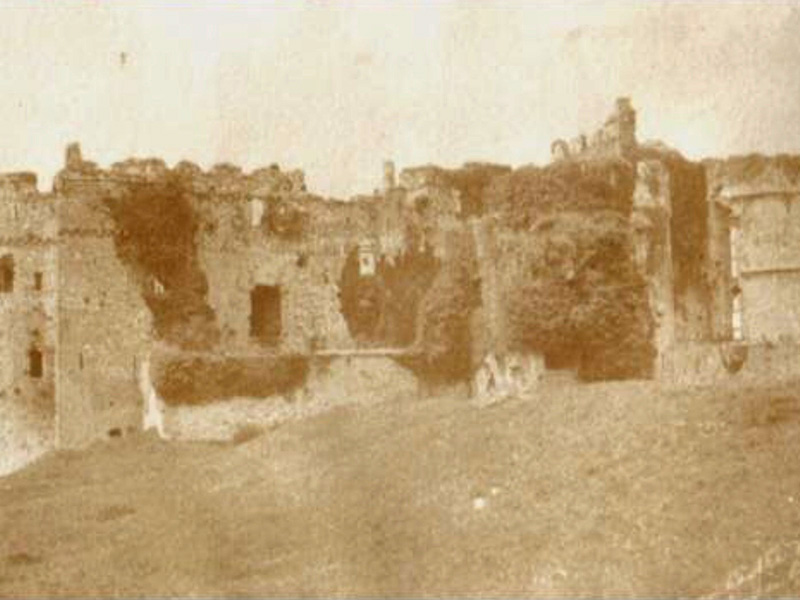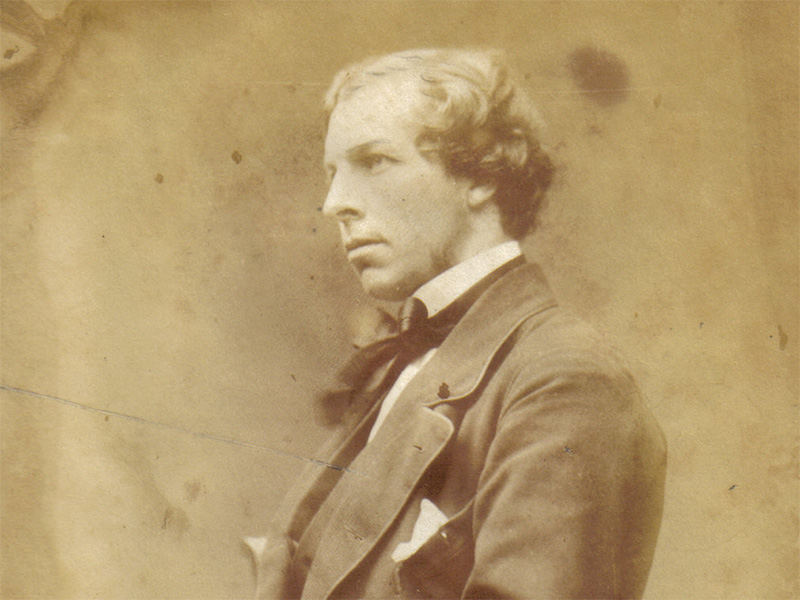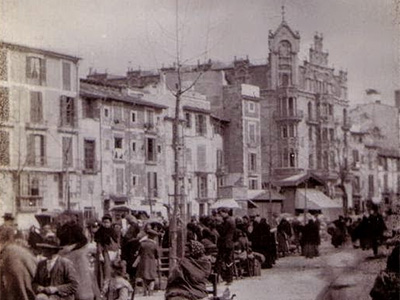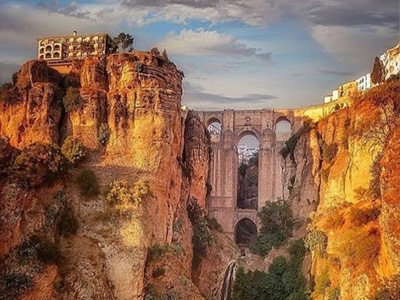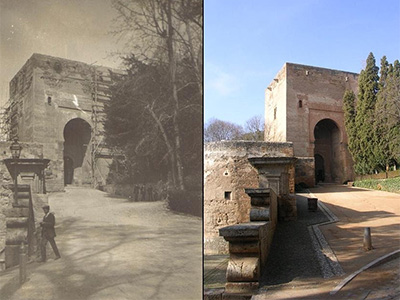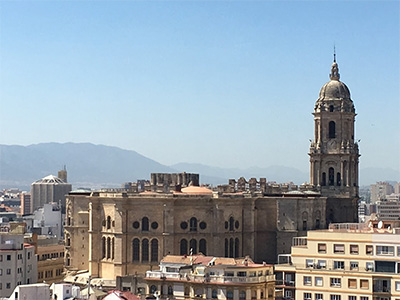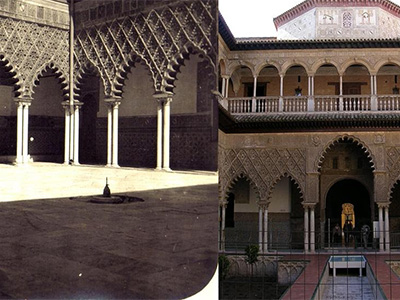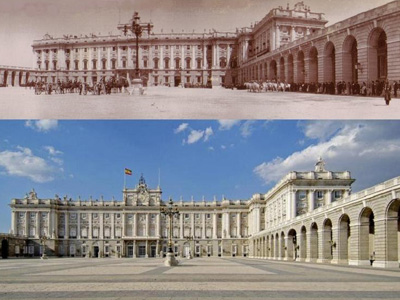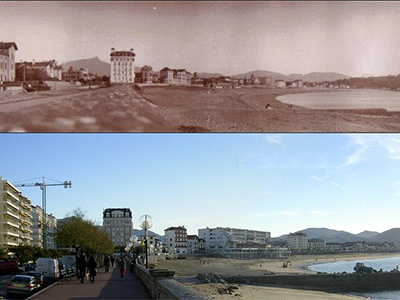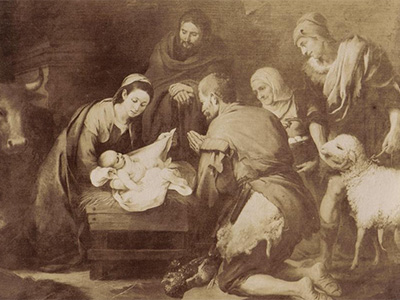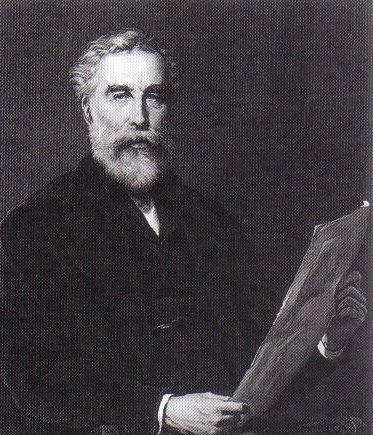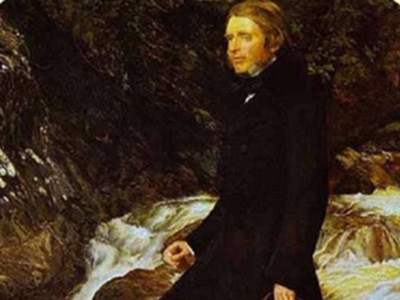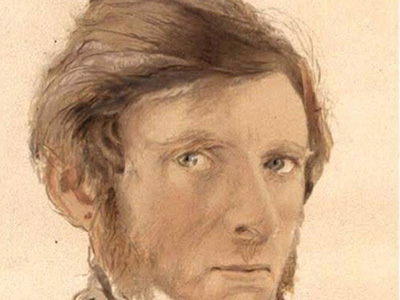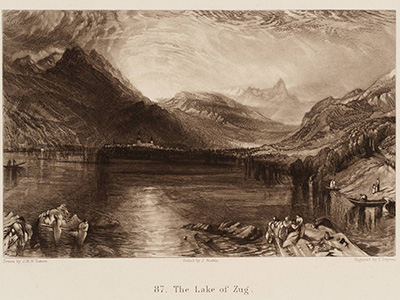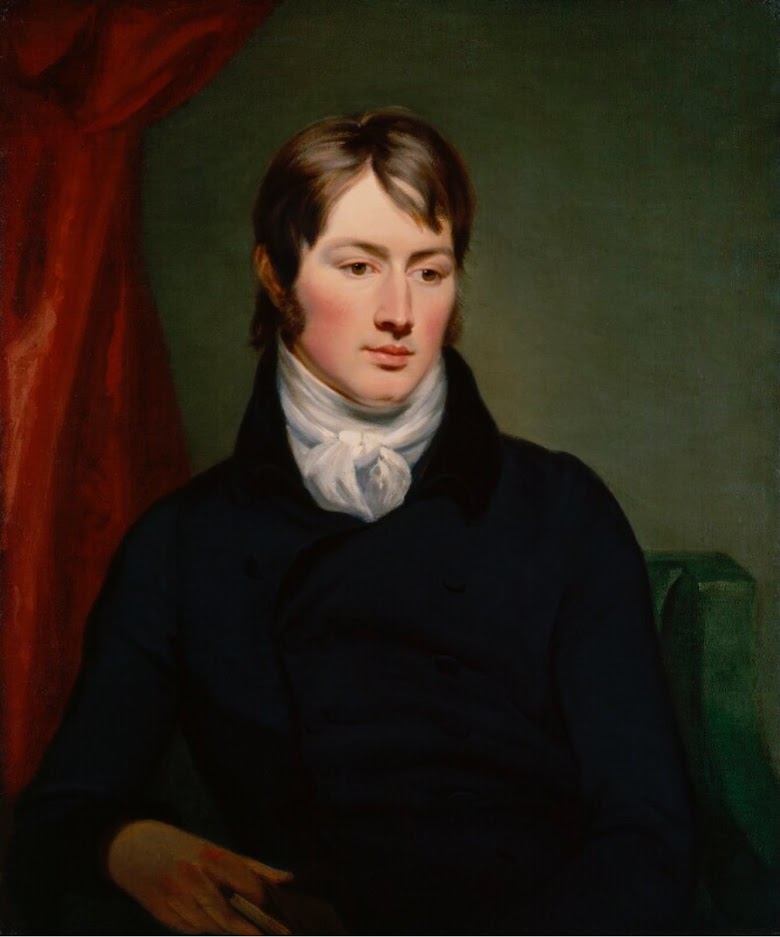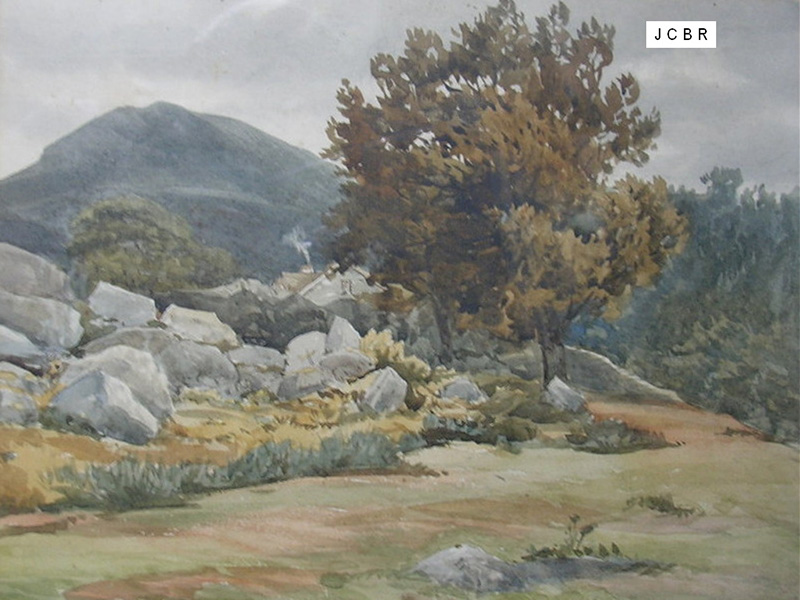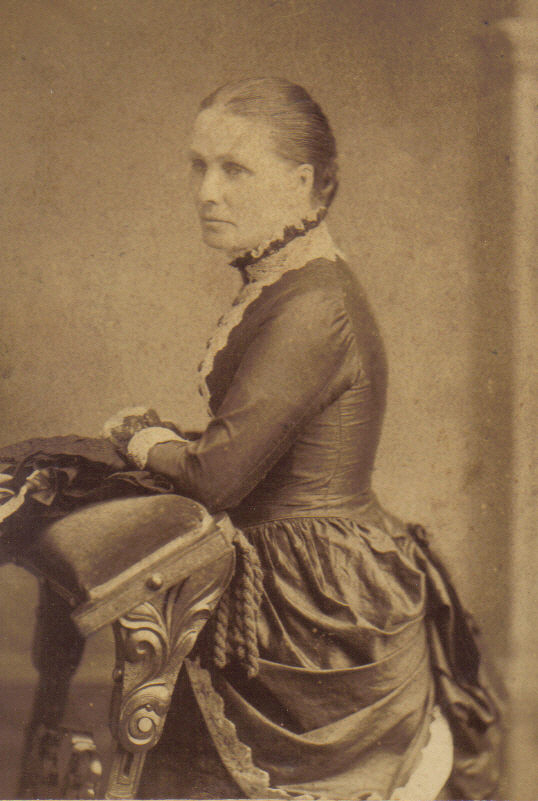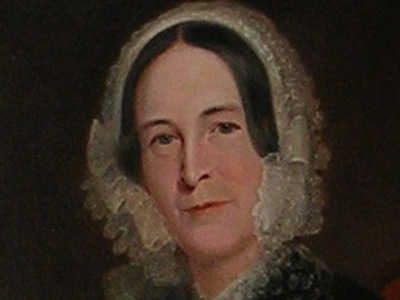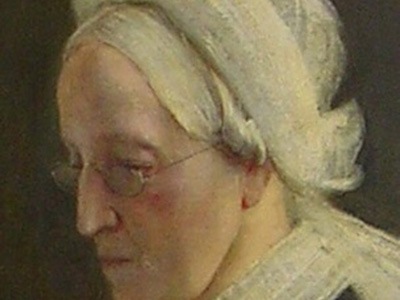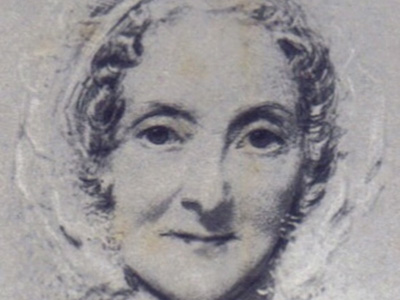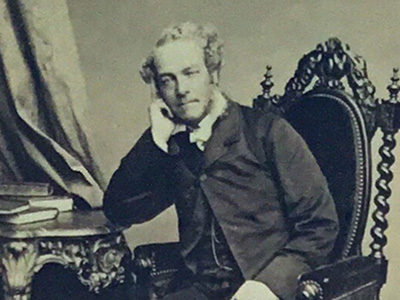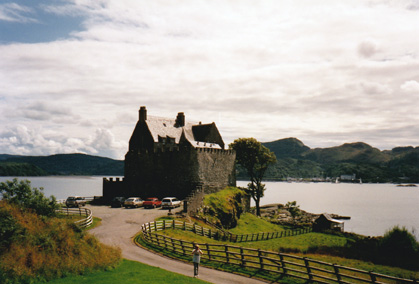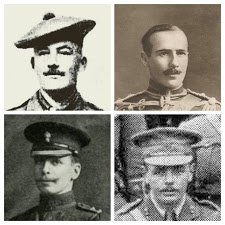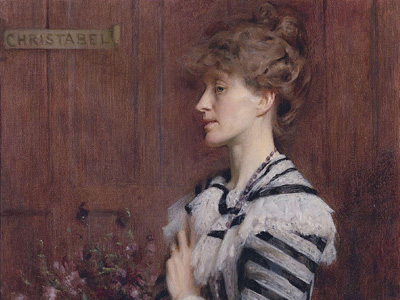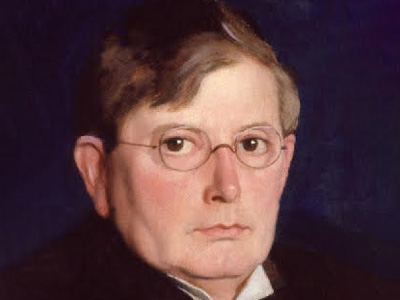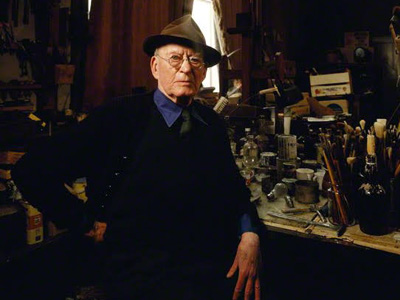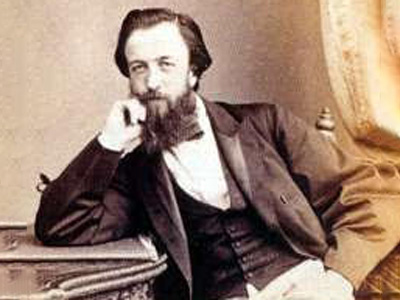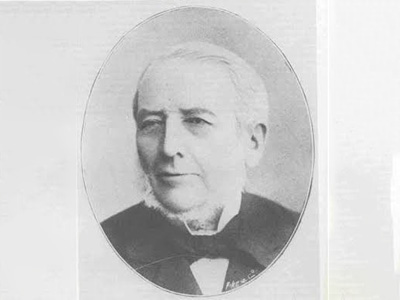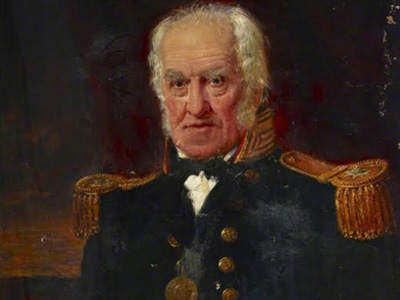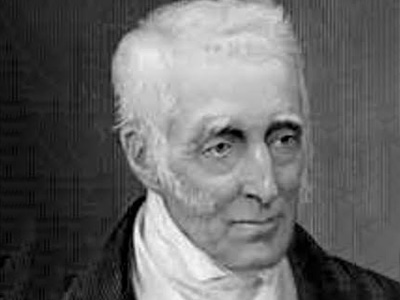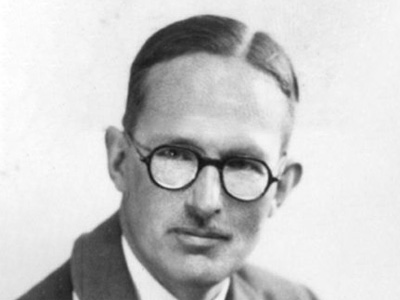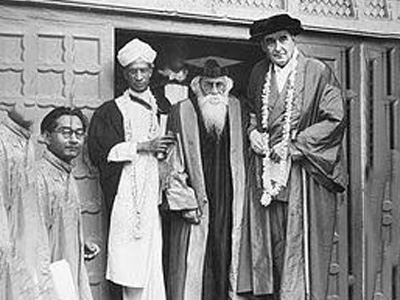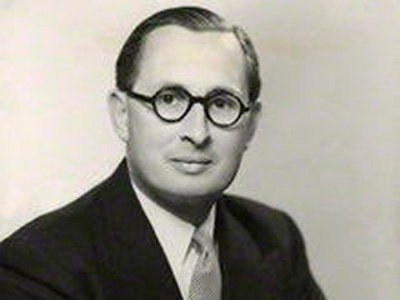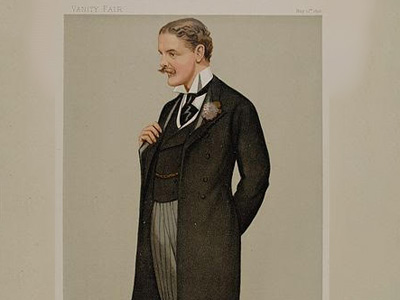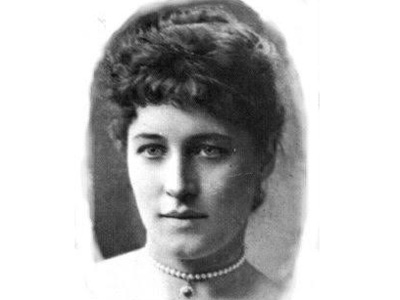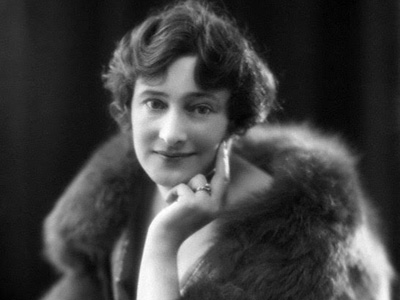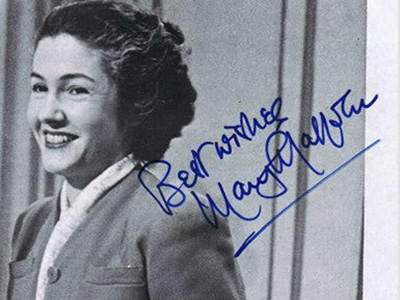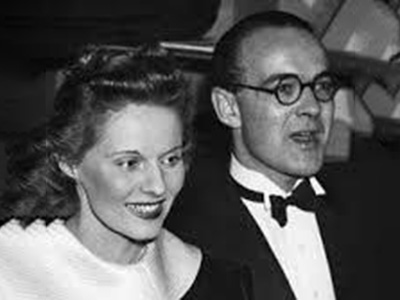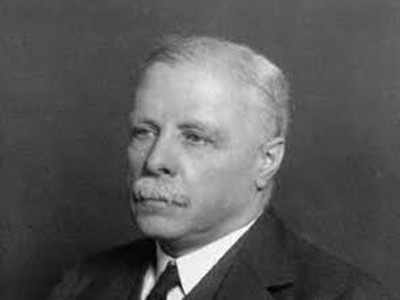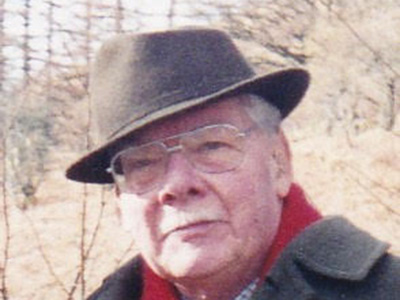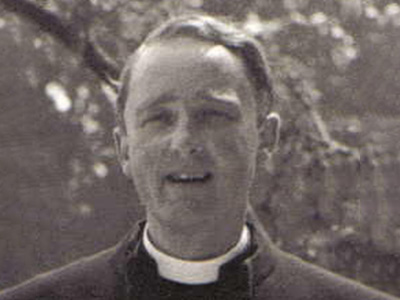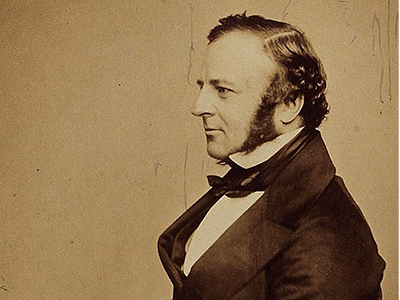
Introduction
Welcome to this website.
It's aim is to help you to explore work in paint and photography of my relations and those with whom they had personal contact.
The images have been split into albums showing whose work it is or whose family it relates to.
Good hunting.
NB: Important - All images open a new browser window for you on Google Albums on a mobile use the return/back button to go back to the main site
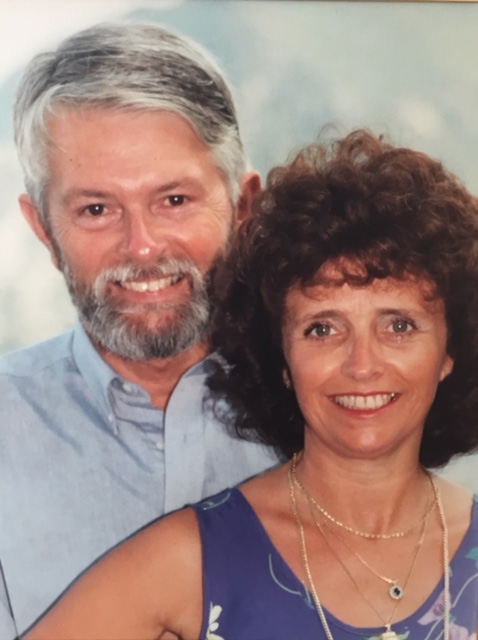
Lawrence Burd Photos 1854-1856
My Great Great Grandfather took some of these pictures. His album tells you what chemicals he used. Nothing of the subject. It was fun tracking them down though risky. Not all the people we showed them to could keep their hands off them. That included a stonemason who noted that there should have been coping stones on a particular wall!
Lawrence Burd Family
This stern lot are my Oldham Granny's family, Christobel Burd. She wasn't stern but carried her ever growing family through the First World War while her husband fought in all the great battles of that war and survived. There were no pills for anxiety, not in those days. She lost her only son in the Second World War. Both her men were Lieutenant Colonels.
Timotheus, Lawrence's father, died in 1875 so the photos are quite early.
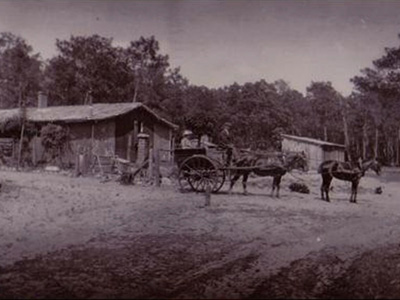
Click on one of the albums below to see more
Algernon Langston Oldham
My Great Grandfather, aged 62, travelled through France, Algeria and Spain with his secretary Miss Olga Shaw. The story starts in Nimes on 6 February 1909 and ends at Arcachon in the middle of May. We have split his album into seven units with a final one added to show his picture purchases at the Prada Gallery in Madrid and how those pictures look now.
The Malcolm Collection of Old Master Drawings
John Malcolm, 1805-93, my Great, Great Grandfather, was a passionate collector and a connoisseur of the most discriminating kind. His collection comprising almost 1000 drawings and 400 prints was considered a pre-eminently important addition to the British Museum’s holdings of old master drawings when it was acquired for the Nation in 1895 for a nominal sum of £25,000. The collection contained masterpieces by Sandro Botticelli, Andrea del Verrocchio, Leonardo da Vinci, Michelangelo, Rembrandt, Claude Lorrain and Watteau.
Ruskin 1819-1861
The study on Ruskin is in two parts only because it was created in a medium which was limited in volume. Tribute is paid where known to owners of the works and brief details of his life are given from different sources including his biography. Tribute is also paid to John himself for his courage through periods of illness which might now be called clinical depression from one who knows a little about it from the outside.
Ruskin 1861-1900
This deals with difficult times in his life. He had a strained relationship with Rose La Touche. He suffered from mental and physical illness which started in 1871 and plagued him in long stretches for the rest of his life. He still travelled extensively in the Swiss and French Alps and to the cities of France and Italy. He based himself at Brantwood near Coniston in the Lake District.
Turner
I came across an etching of the Lake of Zug which had been painted by Turner and etched by Ruskin. A little research uncovered the fact that the two had been quite close.'More decisively than any previous writer, Ruskin brought 19th-century English painting and 19th-century English art criticism into sympathetic alignment. As he did so, he alerted readers to the fact that they had, in Turner, one of the greatest painters in the history of Western art alive and working among them in contemporary London, and, in the broader school of English landscape painting, a major modern art movement.'
'Turner died in 1851. From 1856 to 1858, Ruskin took on a considerable body of administrative work as the chief artistic executor of Turner’s estate.'' Britannica.com.
I began to look at Turner's work. I was struck at the astonishing quantity of his work, the amount he had travelled in days when it wasn't easy and the fact that I really liked much that I found.
Constable
It would be churlish to put forward Turner’s work without also showing that of his contemporary and in general opinion his equal in his art. John Constable is celebrated as one of England's greatest and most progressive landscape artists. He drew lifelong inspiration from his native Suffolk. In 1802 he declared that 'natural painture' - or landscape - could rival history painting. He made hundreds of outdoor oil sketches, which capture the changing skies with near scientific precision; these helped him bring an immediacy and authenticity to exhibition works developed in the studio. Constable met with little contemporary success at home. However The Hay Wain (1821) did receive a gold medal at the 1824 Paris Salon.
Lawrence Burd Watercolours
My Cousin Jeremy Rye and I have collected as many of Laurence's paintings as we can find. Where you see JCBR in the corner of a picture it belongs to him.
Caroline Ellen Burd Watercolours
Caroline was Laurence Burd’s wife, they married in Shrewsbury on 15th November 1859. She was also a gifted watercolourist. Her techniques were different, no doubt learned in different schools. I am privileged to own her workbook and wish to share it with you. It also includes a few pictures painted by my Granny, Miss Christobel Josephine Burd later Mrs Oldham.
Ann Lane Penny
Ann Lane Penny married Adam Oldham 14 Nov 1799. Ann's brother James was made a Freeman of the City of London in 1795. Their Portraits were left to my Grandfather.
Anna and James Oldham
This album shows all Anna’s family over a number of years.
Ann Spencer Curling = Admiral Young
The family photo album of the wife of an Admiral in Lord Nelsons Fleet, Admiral William Young. The Admiral was very well connected with the Royal Family of Scotland.
Reverend J R Oldham
This album contains many relations who appear on the family tree. In most cases I have put their names and who they married. Good luck!
The Malcolms
Malcolm is understood to mean the "Kith and Kin" = My now Mac, of St Columba in the Gaelic. The family were neighbours of the Campbells in Argyll from the sixteenth century onwards. Many married Campbell ladies and in 1792 Neill Malcolm, the eleventh Laird bought Duntrune Castle from them. Many were involved in profitable projects in the West Indies and Australia in and after the eighteenth century. They improved their land holding and houses in Argyll and bought property in London and Kent. They were involved in UK politics. Many served in the family Regiment, the Argyll and Sutherland Highlanders with distinction.
Lest we Forget
The first seven were killed in action or died of wounds, the rest survived.
Family Portraits
It seems unlikely that all these Portraits will be under the same roof again. I have named and dated them all so you can look up their details and how you are related using the family tree.
Relations on Wikipedia
These pictures are links to some of our relations on Wikipedia. Relationship details refer to my, John Oldham-Malcolm's, relationships and can be studied in more detail on the family tree.
There are many more in the Bonham-Carter, Gathorne-Hardy, Pleydell-Bouverie and other connected families for you to explore.
NB: Clicking on the image will open the WikiPedia article in a new browser window, on a mobile use the back/return button to go back to the main site

